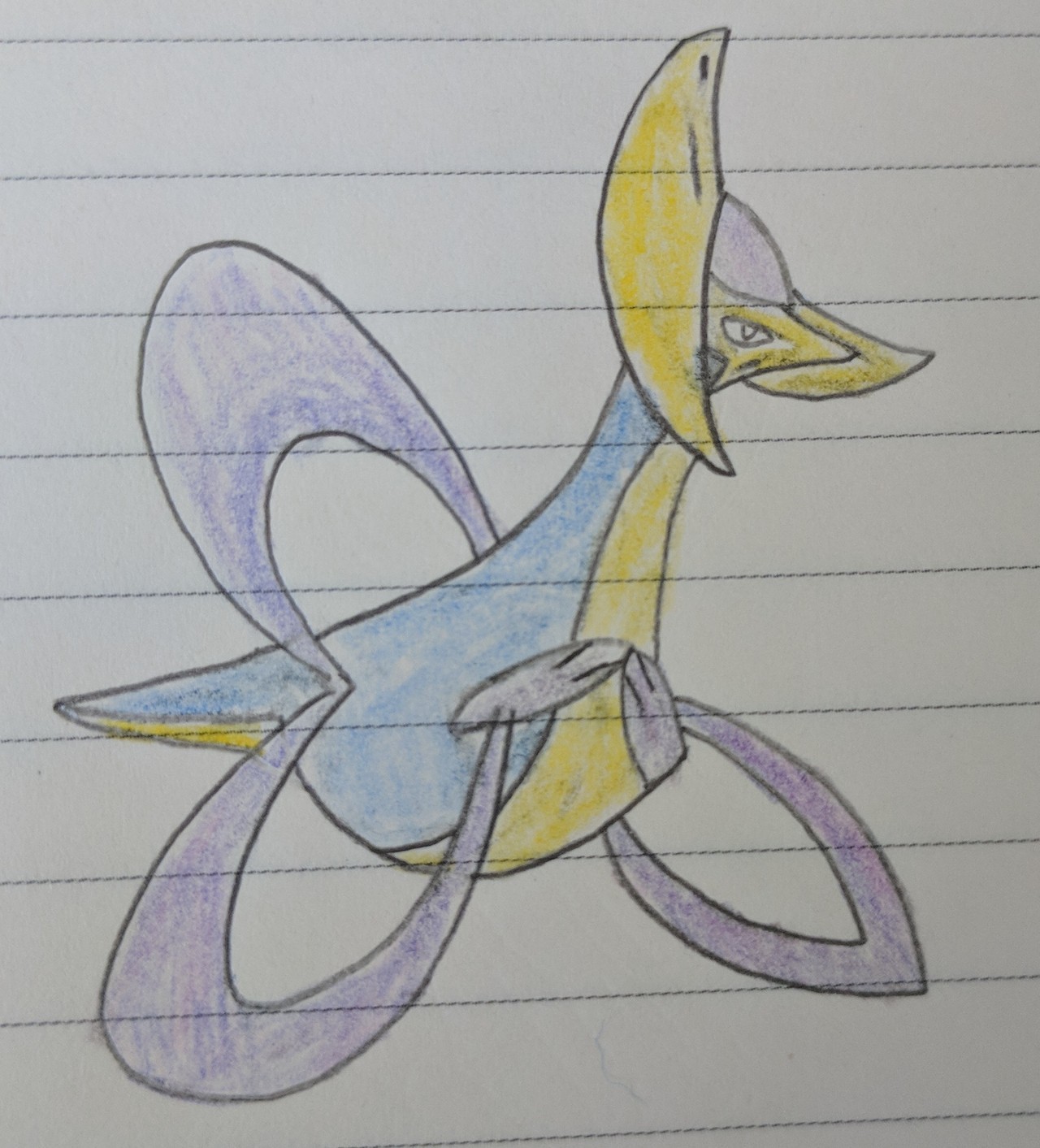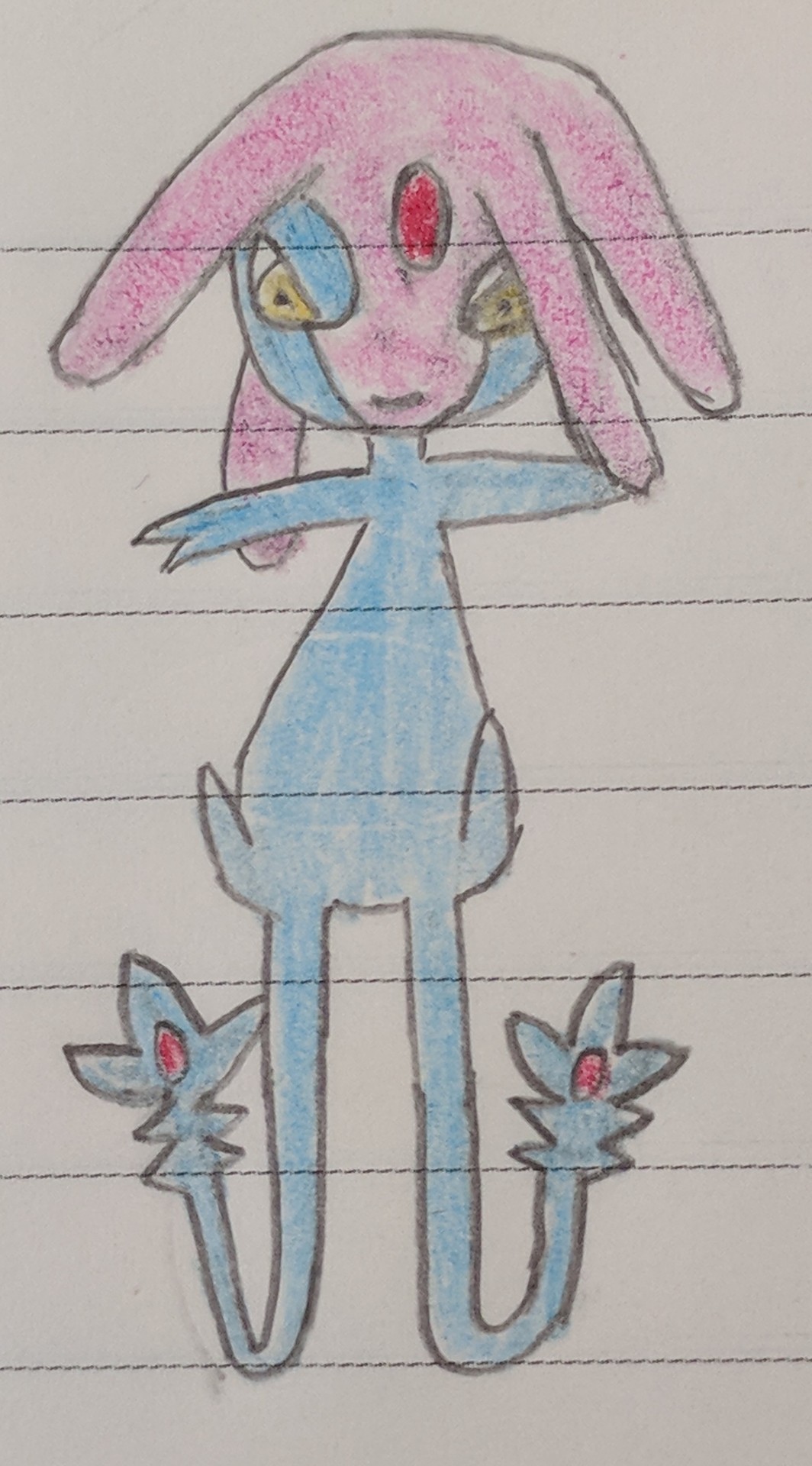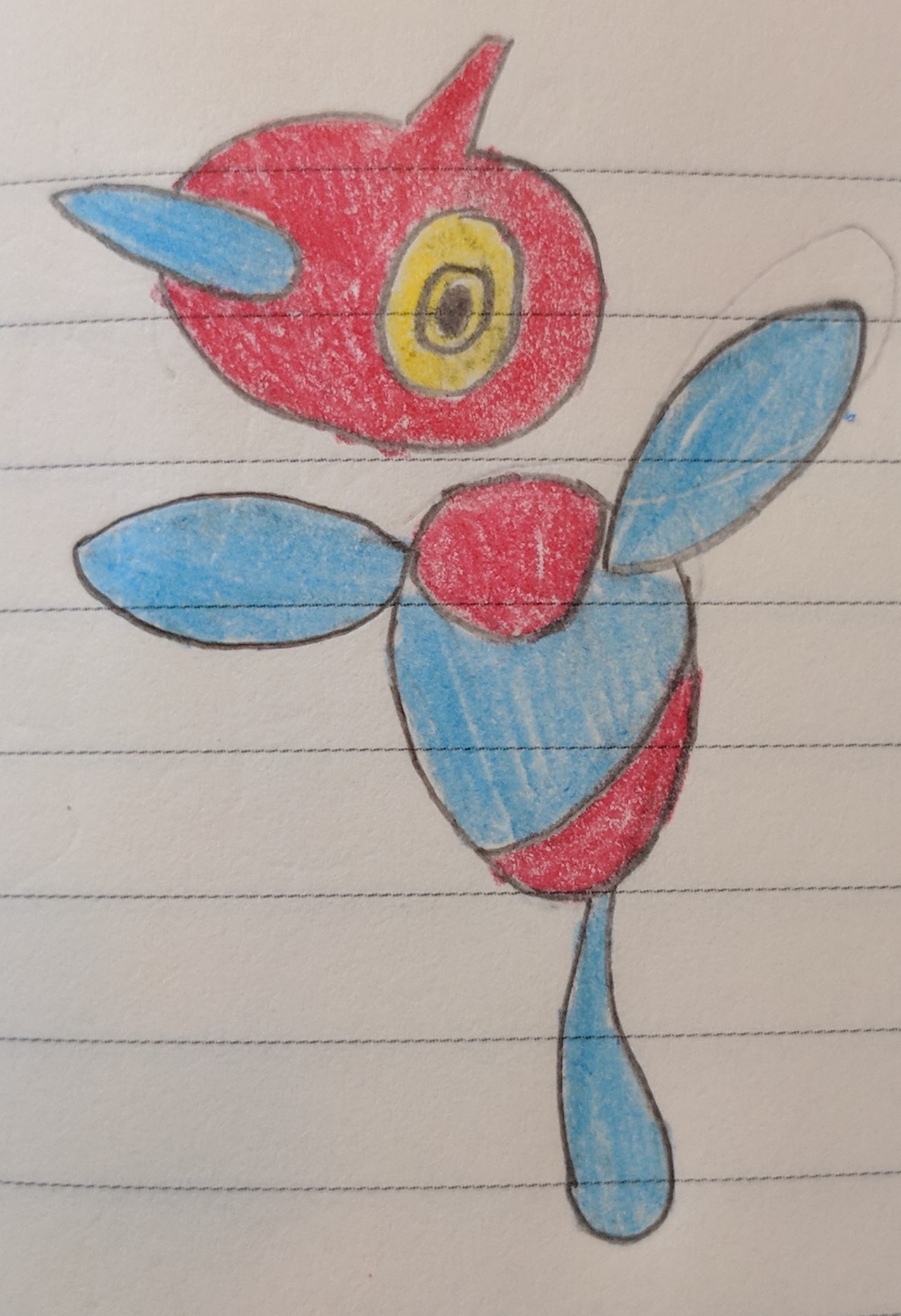I’m going to try to make this as comprehensible to non-Magic players as I can. If I miss something, please ask.
Magic: the Gathering has five colors of mana: white-blue-black-red-green (and sometimes colorless acts like a color). Each lets you cast different kinds of spells, and is associated with different deck archetypes and in-game philosophies. My favorite color to play is green, the color of large creatures that trample over other creatures, and spells that make extra mana and/or make creatures stronger and fight each other. My least favorite, at least until very recently, is blue, the color of small flying and swimming creatures, drawing lots of cards, and preventing your opponent from doing things. Playing green, you don’t really care what your opponent is doing. Playing blue, you care a lot. And as a relatively inexperienced Magic player, what my opponent is doing is just one more complicated thing to keep track of as I’m figuring out how my deck works.
The weird thing is that, as I get better at the game, blue has begun to make sense. Counterspells used to be agonizing decisions—do I keep you from weakening my creature now, or save the card for just in case you cast your most powerful creature? Now, I find myself with no qualms about saying “no you don’t” when I think I can benefit most from it.
How did I learn this, when I’m too intimidated by blue to build decks with it? The answer has two parts: Limited events and Ixalan block.
In a Limited event, you build a deck on the spot from cards that are given to you—either as whole booster packs, or drafted from packs passed around the table. Since you don’t get to choose what cards you come into the event with, you have to work with whatever strategy is best represented in your card pool.
The most recent “block” of Magic sets is Ixalan and Rivals of Ixalan, which tell the story of a search for a lost golden city on a Mesoamerica-inspired world. Four different groups, each associated with a different combination of colors, are competing to get there first; and, most importantly for this essay, the indigenous merfolk are represented by some unusually powerful cards, and they’re in blue and green, my most and least favorite colors.
For most of the last six months, which is how long one or both of these sets has been drafted regularly at Lady Planeswalkers, I’d played the other factions. I had good results with pirates; dinosaurs have been less consistent, but I’ve collected enough of them to make a Commander deck; and vampires was less fun, which makes me think I’m less fond of black (the color of killing things and bringing them back to life) than I used to be. Then, about a month ago, I opened a
Merfolk Mistbinder at the start of the draft and went “What the hell, let’s try Merfolk.”
And it worked. I won two rounds that night, with a deck of small creatures and ways to make them bigger (and a few counterspells), and I wasn’t quite sure how. But playing that deck felt good, like I’d set myself a puzzle and was solving it correctly more often than not. Every time a play worked out, I felt something click into place in my brain; and at the end of the night, I was proud of myself. Last Tuesday went much the same way: I drafted Merfolk for no particular reason, with bigger creatures and more control-y cards this time, and the puzzle thing happened again. It turns out this deck scratches an itch other archetypes don’t.
But I don’t know how to replicate it yet. Is it just the feeling of the Merfolk tribal synergy, that they reinforce each other in ways the other factions don’t? Might my pirate combo deck, if I’m ever around on the right day to play it, feel as good to play? And even with all the Merfolk cards I’ve accumulated by drafting them twice, I don’t know how to put them together into an effective Standard deck. I still don’t feel like I know how to play blue well enough.

















